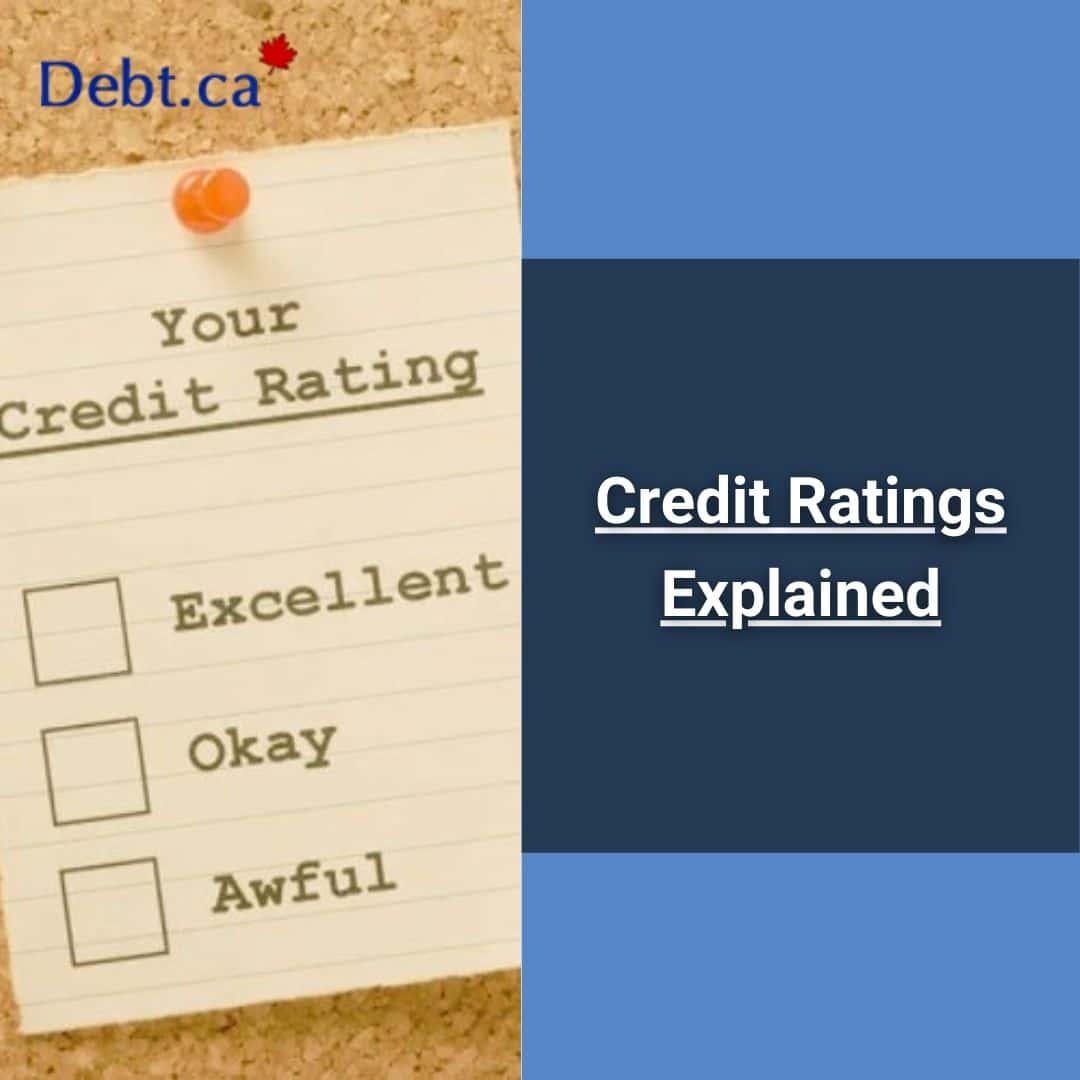Credit is something many of us take for granted. If you have good credit, you should have no problem borrowing money from financial institutions at the best interest rates. They also give the most favourable terms and conditions. If you’re able to pay for your home, car, and other assets in cash, you may not care about your credit score, however, building a good credit score is important.
A good credit score is one of the most important measurements of financial wellness. It comes with many benefits that those considered to be a credit risk do not enjoy. A mortgage is the single biggest debt of most people’s lifetime. If you have a good credit score, you’re more likely to qualify for the mortgage with the most favourable terms and conditions and the lowest interest rate, helping you keep more of your hard-earned money.
What is credit and why does it matter?
Your credit consists of three parts: your credit history, credit report, and credit score. Your credit history is a summary of your borrowing history. It reports every time a person borrowed funds. This includes your car lease and it may include the credit card you forgot to pay in university. Meanwhile, your credit report is a recap of your credit history in a more consumer-friendly format.
Lenders use your credit score to help decide whether your loan application goes into the approve or reject pile. The higher your credit score, the more likely you are to get the lowest interest rates. Credit scores typically fall between 300 and 900.
There are two major credit reporting agencies in Canada—Equifax and Transunion. Equifax and Transunion are firms that calculate and keep track of your credit history, credit report, and credit score. If you want instant access to your credit score, you’re required to pay; otherwise, you can request a copy of your credit report for free, once per year. To do that, you must download and fill out the credit report request forms from the Equifax and Transunion websites (and before you ask, no, it won’t lower your credit score to request a copy of your credit report).
Reviewing your credit report at least once a year is a good practice. If you’re planning to make a major purchase, such as a home, it’s also a good idea to review your credit report. If you see a blemish on your credit report, it’ll give you time to correct it (it sometimes takes a while due to a delay on lenders reporting your credit history). Likewise, if your credit score is lower than you thought, you’ll have the time to take the steps necessary to improve it.
What is a credit rating?
Credit ratings are a system by the credit reporting agencies about how and when you make your payments. Credit reporting agencies like Equifax and Transunion aren’t the only ones who use a person’s credit rating. Lenders may use them as well when reporting information to credit reporting agencies.
Credit ratings consist of letters and numbers. For example, you might have a credit rating of R1 on your credit card, indicating that you’ve paid your credit card on time throughout its history. Bravo!
The letter in your credit rating stands for the credit type you’re using.
- “I” stands for “Installment” credit: When you borrow money for a specific period and you regularly pay it back in fixed amounts until the loan is fully repaid. An example of installment credit is a car loan.
- “O” stands for “Open” status credit: When you borrow money as needed, up to your credit limit. An example of open status credit is a line of credit.
- “R” stands for “Revolving or recurring” credit: When you’re able to borrow money up to a certain limit regularly. You can make payments in different amounts depending on your account’s outstanding balance. This is the most common credit type. An example of revolving or recurring credit is a credit card.
- “M” stands for “Mortgage” loan: If you have a mortgage on a property, it may appear on your credit report.
The number will be between 0 and 9 and represents your payment history.
The number “1” is the best rating you can get. You want to aim for this credit rating on all your accounts. It indicates that you pay your accounts on time (within 30 days of the billing date). The more accounts with a credit rating of 1 that appear on your credit report, the better.
- The “0” designation means the account is too new and you lack the credit history for it to be rated or it has been approved, but you haven’t used it yet.
- The “1” designation means the account has been paid as agreed upon within 30 days of billing. You should strive for this credit rating with all your accounts.
- If there is a “2,” it means a person made a payment that’s between 31 and 59 days late.
- “3” means the borrower made a payment that’s between 60 and 89 days late. This means that you missed two payments in a row.
- “4” means there was a payment that was between 90 and 119 days late.
- “5” means there was a payment that was more than 120 days late but doesn’t yet have a rating of “9.”
- “6” isn’t used by credit reporting agencies.
- “7” means that you’re making payments under a consumer proposal, consolidation order, orderly of debts, or a debt management program with a credit counselling firm.
- “8” means that the lender is attempting to repossess your assets to recover the money you owe.
- “9” means that the debt has been written off as “bad debt,” it has been sent to collections or you’ve filed for bankruptcy.
All of the debts that appear on your credit report should have a credit rating. The codes will differ depending on the credit type and whether you make your payment on time. For example, if you have a credit card and you pay it on time, it will have an “R1” rating on your credit report. If you have a car loan and you missed a payment by 45 days, an “I2” rating would appear on your credit report.
Final Thoughts
Credit ratings apply to individual accounts These numbers are different from your credit score. That is a single number that shows your credit as a whole, an average if you will. Understanding your credit score, what a good score is and how it’s calculated will help you get better loan options.
Long-term financial health requires discipline, planning, and support. If you need help making sense of your credit report, contact us today. Our experts will be happy to review your credit report with you and let you know what everything means.






